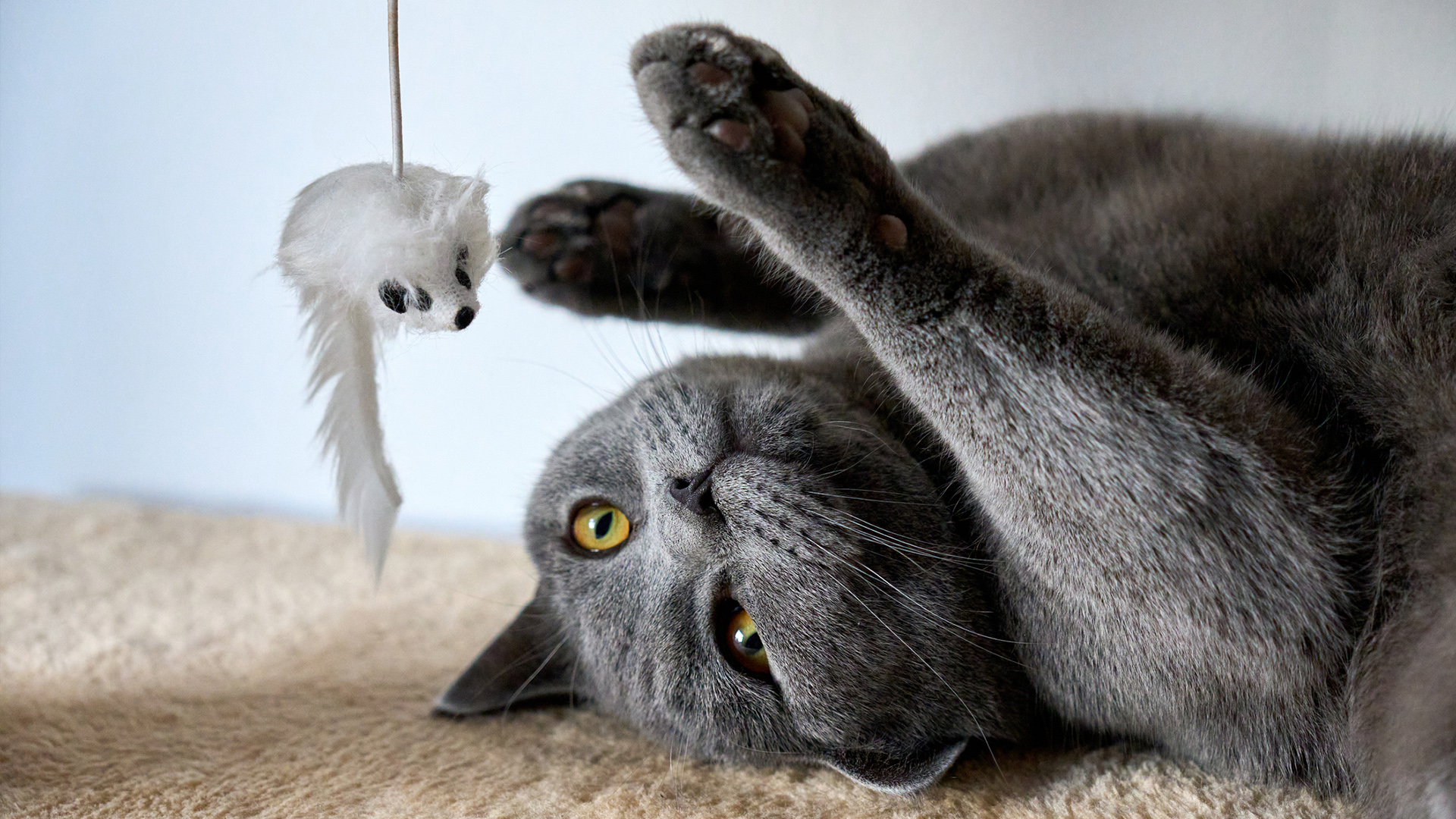Why expensive cat toys aren’t necessary, according to a cat behaviorist
You don’t need to break the bank to give your cats everything they need!

When you’re a cat parent, it can be tempting to want to spend money on your cat. Of course, having pets does cost money, and you’ll need to buy things like food, toys, and treats fairly regularly.
However, while it’s a great idea to buy some of the best cat toys or best cat treats now and again, it’s not always the best idea to buy the most expensive interactive toys, gadgets, and pieces of furniture. They won’t always work the way we think they will, and we’ve all seen cats ignore fancy new toys in favor of the cardboard boxes they arrived in!
Certified cat behaviorist Saba Sayyed, known as A Cat Behaviorist, has explained why the most glitzy and expensive products aren’t always the best – to help us save money and keep our cats happy and healthy at the same time!
A post shared by Saba Sayyed | Certified Cat Behaviourist (@a_cat_behaviourist)
A photo posted by on
1. Diffusers and calming sprays aren’t magic: “They can help for a short time, but they don’t address why your cat is stressed,” explains Sayyed.
If we really want to help our cats, it’s best that we get to the root cause of their anxiety or frustration. Otherwise, we’re just papering over the issue.
2. Cats aren’t bothered about price tags: As Sayyed puts it, and as many of us cat parents know, “Your cat isn’t impressed by expensive toys – they’re happy with a crumpled paper ball or a simple wand toy. What they really need is ways to exhaust their physical and mental energy without causing chaos in your home.”
3. It’s better to understand than guess: The more you understand your cat’s behavior, the less you need to guess what the issue is.
Get the best advice, tips and top tech for your beloved Pets
“This means fewer unnecessary vet visits and fewer products gathering dust in your home. You will know what works and what does not work for you once you decode their personality,” Sayyed explains.
4. Marketing gimmicks fool us: “Food labels, litter claims, and gadgets all sound promising,” she continues, “But what your cat truly needs is often simpler and far less expensive – quality food, a stress-free environment, and the behavior training from you!”
We always bear this in mind when writing our buying guides to the best products – we try to test as much as we can ourselves, so that we can really give you the best recommendations.
5. Prevention will save you money: When it comes to issues like anxiety, aggression, and problems using the litter box (such as your cat peeing outside the litter box), it’s better to prevent it in the first place. The more clued up you are on cat behavior, the more you’re likely to save on vet bills and expensive fixes.
6. Invest in knowledge: “Cat behavior training equips you to truly understand your cat,” says Sayyed. “When you know what they need, you’ll stop buying unnecessary products and focus on what actually works.”
If you’d like more advice for your feline friend, here are some common cat behavior problems solved and tips for training a cat. We also have rounded up some weird cat behaviors that you might be worried about.

Adam is a freelance journalist specialising in pets, music and culture, and mental health and wellbeing. He investigates and writes the large majority of news on PetsRadar, and collaborates with veterinary experts to produce informative pet care content.
Adam has a journalism degree from Southampton Solent University and a masters degree in Magazine Journalism from Cardiff University. He was previously senior editor at dog advice website DogTime.com, and has also written for The Independent, GoodToKnow and Healthline.
He owns two rescue cats, Bunny and Dougie, and has also previously had a rabbit, fish and Roborovski dwarf hamsters.
